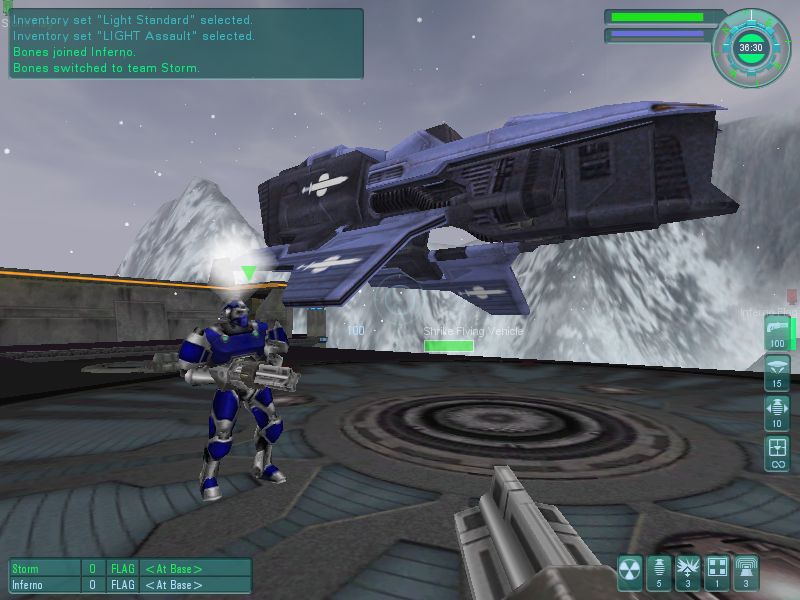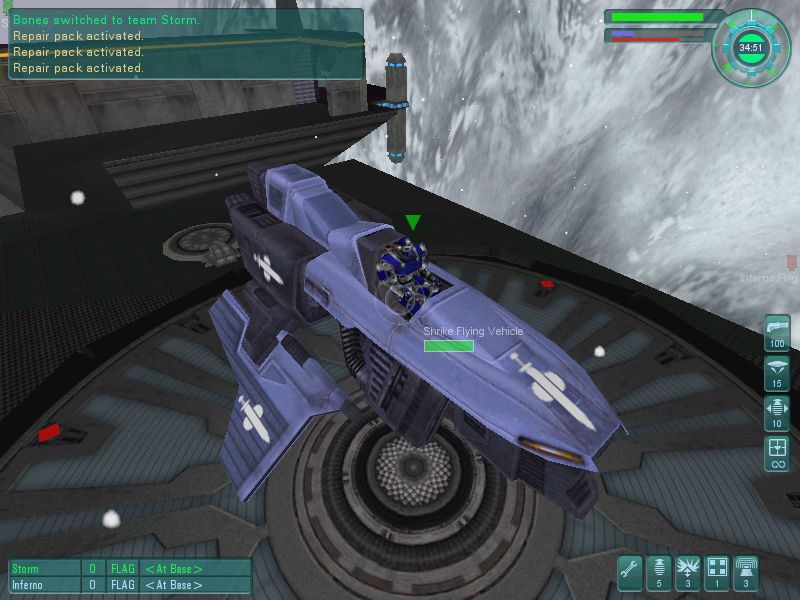

|
|
Bones and his Shrike
|
INDEX
WELCOME
Hello and welcome! I know other's have written tutorials about shrike tactics
before, but such resources and materials tend to be few and far between.
Also, sometimes people don't appreciate just how much effort goes into
being an effective shrike pilot. I've seen people yelling about how cheap
being rammed is, for instance... they don't realize how difficult it can be,
and how many variables are involved. And those of us who are good at it make
it look easier than it is. Another example of under-appreciation is the official
Tribes 2 playguide, which would have you believe that shrikes have little to no
tactical value! For these reasons, I decided to go ahead and write this Tribes2 Shrike Tutorial,
coinciding with refounding the TAE, "Tactical Airborne Elite", an honorary tribe
for aircraft operators in Tribes 2.
I've created some wonderful shrike Demo Recordings
that you may wish to download and watch. These will give you a good view of
some of the things I will discuss here.